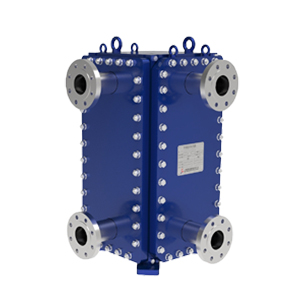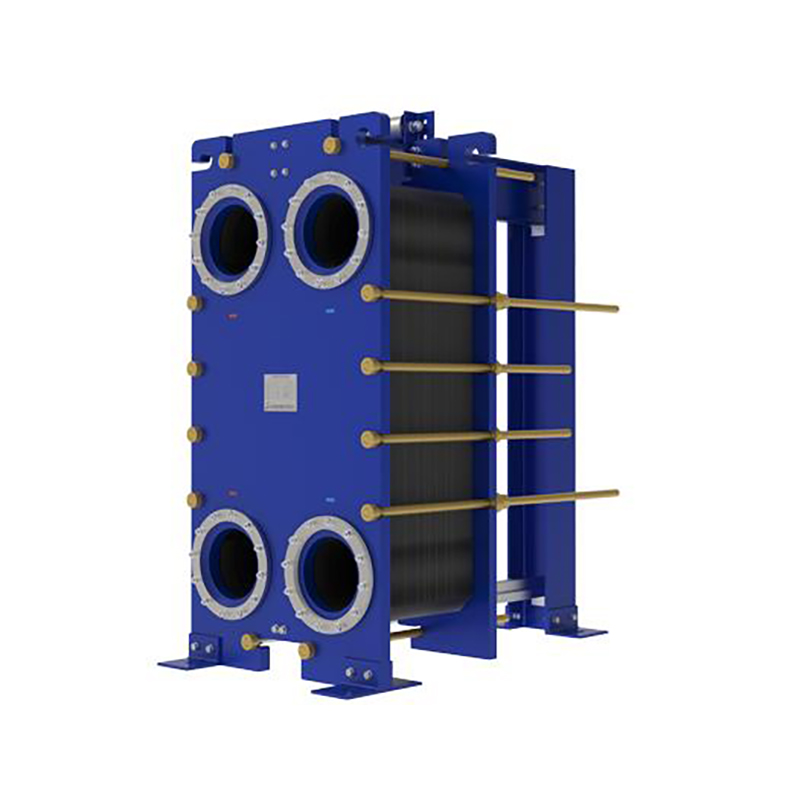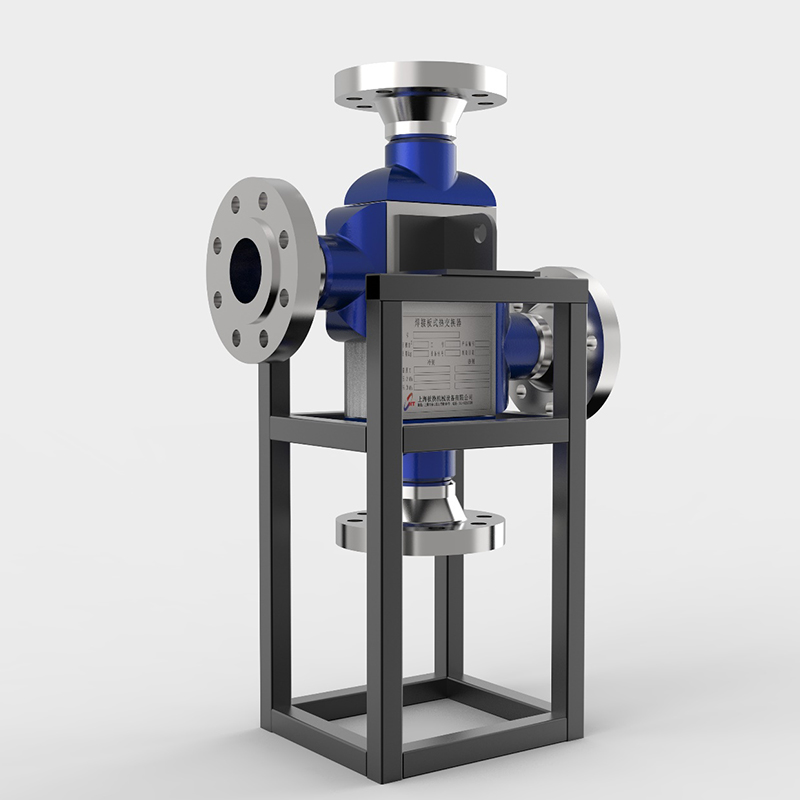Comparing welded block and gasketed plate heat exchangers
You can see clear differences between welded block...
More
:A blocked heat exchanger is a critical issue in HVAC systems, often caused by soot buildup, corrosion, debris, or mineral deposits from hard water. According to industry data from ACCA (Air Conditioning Contractors of America), heat exchanger failures account for approximately 22% of all furnace breakdowns, with blockages being a primary contributor. The immediate signs include reduced heating efficiency, strange odors (like a burning smell), unusual noises (banging or popping), and the system frequently shutting off. A severely blocked exchanger can lead to overheating, triggering the high-limit switch, and potentially causing cracks due to thermal stress. HVAC professionals use combustion analysis tools to measure flue gas temperatures and CO levels; a temperature rise above the manufacturer's specification (typically 50-70°F above return air temperature) often indicates a blockage. For example, a study by NATE (North American Technician Excellence) found that in high-efficiency condensing furnaces, blockages in the secondary heat exchanger are common due to condensate mixing with combustion byproducts, forming acidic sludge that restricts airflow. Physical inspection with borescopes is standard to confirm blockages. Fixing it involves powering off the system, inspecting the exchanger for cracks (using a flashlight and mirror), and cleaning it with specialized tools like rotary brushes or chemical cleaners designed for heat exchangers (e.g., Nu-Calgon products). However, if corrosion or cracks are found, replacement is necessary, as repairs are often unsafe due to risk of carbon monoxide leaks. Data from HVAC safety agencies show that over 40% of heat exchanger failures require full replacement, with costs ranging from $1,500 to $3,500 depending on the furnace model.
The process to fix a blocked heat exchanger starts with safety: turn off the gas and electrical supply to the furnace. For cleaning, technicians often vacuum loose debris and use compressed air or nitrogen to blow out obstructions, but for stubborn blockages, mechanical cleaning with flexible rods and brushes is effective. In cases of scale buildup from hard water (common in hydronic systems or boilers), descaling solutions like citric acid or commercial descalers are circulated through the exchanger. Search results from leading HVAC forums like HVAC-Talk indicate that chemical cleaning can restore up to 90% of efficiency if done early, but it's temporary if the underlying issue (e.g., improper combustion) isn't fixed. Data from ASHRAE research shows that regular maintenance can prevent 80% of blockages, including annual inspections and cleaning of burners and flues. If the exchanger is cracked—detected by CO readings above 100 ppm in the flue or visible cracks—replacement is mandatory. Industry standards (like ANSI Z21.47) prohibit repairing cracked exchangers due to explosion hazards and CO poisoning risks. According to CDC statistics, over 400 deaths annually in the US are linked to CO exposure from faulty HVAC systems. Replacement involves sourcing an OEM part, removing the furnace assembly, and welding or sealing the new exchanger in place, which typically takes 4-8 hours. Post-repair, combustion efficiency tests are crucial; CO levels should be below 100 ppm, and O2 levels within 7-10%. Energy Star data suggests that a clean heat exchanger improves efficiency by 10-15%, reducing energy bills. For prevention, install air filters (MERV 8-13) and water softeners in hard water areas, which can reduce blockage incidents by 60% based on utility company reports. Always hire certified technicians (e.g., by HVAC Excellence) for repairs, as DIY attempts can void warranties and violate safety codes.
Select the most popular foreign trade service products to meet your diverse needs
Learn more about the dynamics and professional knowledge of the foreign trade industry

You can see clear differences between welded block...
More
Plate heat exchanger gaskets perform 5 key roles: ...
More
A gasket in heat exchanger seals surfaces, blocks ...
MoreAPI 662 defines standards for plate heat exchanger...
More
Ignoring a fouled heat exchanger causes high energ...
More
A heat exchanger's main parts include the heat tra...
MoreSelect the most popular foreign trade service products to meet your diverse needs
Explore more content related to foreign trade services

User Comments
Service Experience Sharing from Real Customers
Michael Chen
Maintenance EngineerThis block heat exchanger has been incredibly reliable in our chemical processing plant. The compact design saved us significant space, and its thermal efficiency has reduced our energy costs. The build quality is exceptional.
Sarah Johnson
HVAC Project ManagerWe installed these units in a large commercial building's HVAC system. Performance is outstanding – they handle the load perfectly with minimal maintenance. The supplier provided excellent technical support during installation.
David Rodriguez
Plant OperatorA robust and well-designed heat exchanger. It integrates seamlessly into our marine engine cooling system. It's durable and performs consistently under high pressure. Lost one star only because the initial mounting brackets were a slight challenge to fit.
Emily Watson
Energy ConsultantUsed this to design a waste heat recovery system for a client. The efficiency data provided was accurate, and the unit has allowed us to capture and reuse energy that was previously lost, resulting in major cost savings and a lower carbon footprint.